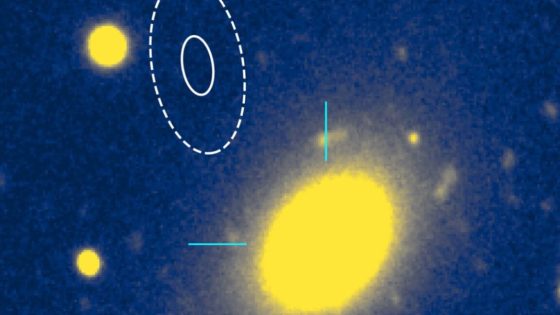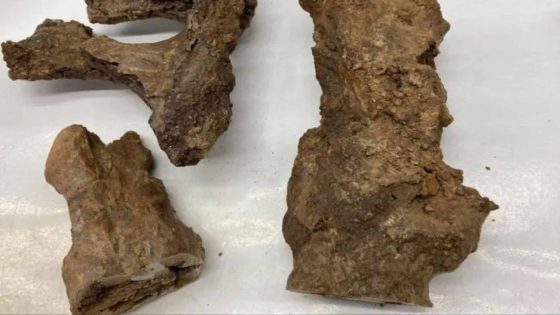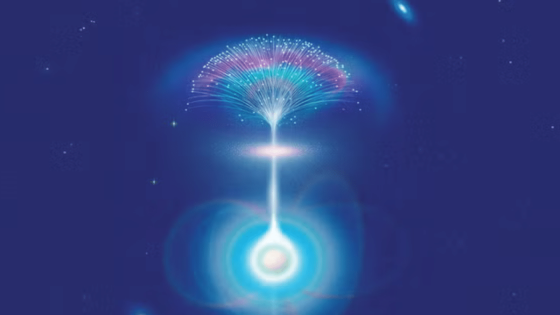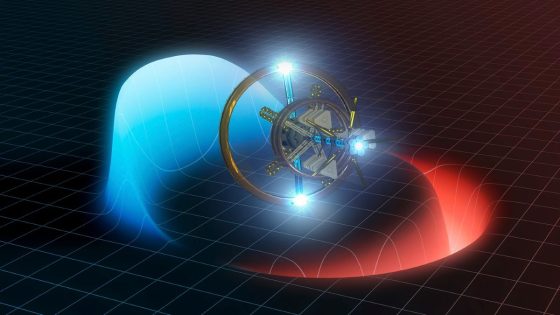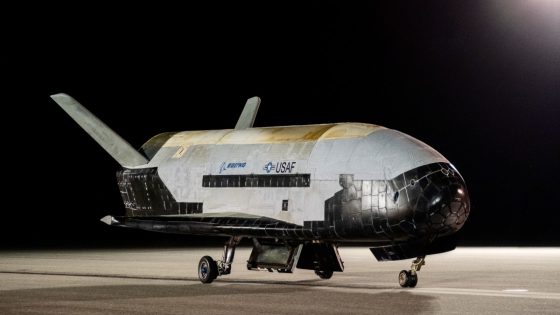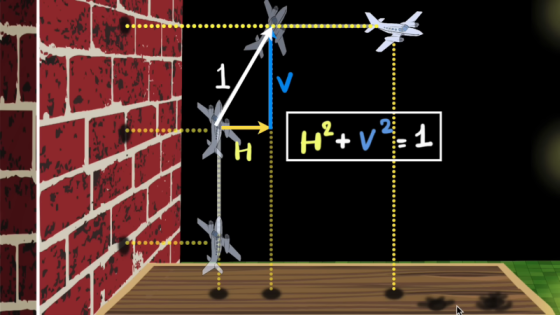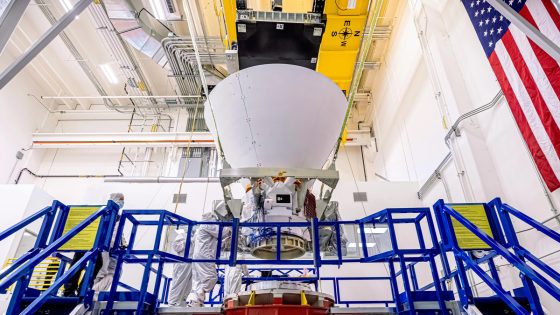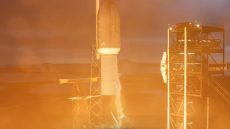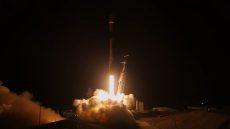A recent discovery has astronomers puzzled: a fast radio burst (FRB) originating from a long-dead galaxy. This surprising find, reported on January 22, 2025, challenges existing theories about the origins of FRBs. Could this change our understanding of the universe’s structure?
- FRBs probe large-scale universe structure.
- CHIME instrument scans vast sky areas.
- Repeating FRB found in Ursa Minor.
- Discovery challenges magnetar hypothesis.
- Possible source in globular cluster.
- CHIME's precision improves with new arrays.
Fast Radio Burst Discovery Challenges Existing Theories About Galaxy Formation
What does it mean when a fast radio burst is found in a galaxy that no longer forms stars? This discovery suggests that FRBs may not be limited to star-forming galaxies, opening new avenues for research. The repeating FRB, detected by the CHIME instrument, was traced back to the outskirts of a distant, inactive galaxy.
Understanding the Implications of the FRB in a Dead Galaxy
The implications of this finding are profound. The FRB, first detected in February 2024, is located in the constellation Ursa Minor. Its origin from a galaxy with no new stars raises questions about the potential sources of FRBs. Researchers are considering alternative theories, such as the possibility of a globular cluster housing the FRB.
- The FRB was detected using the CHIME instrument, which scans large areas of the sky.
- This is the first FRB found in such a unique location.
- Further observations from multiple telescopes improved the accuracy of its position.
- The discovery could lead to a reevaluation of FRB origins and their connection to galaxy formation.
What Are Fast Radio Bursts and Why Do They Matter?
Fast radio bursts are brief, intense flashes of radio waves from space. They last only milliseconds but can release as much energy as the sun does in an entire day. Understanding these bursts helps scientists probe the universe’s structure and the nature of cosmic phenomena. The discovery of an FRB in a dead galaxy could indicate that these bursts are more diverse than previously thought.
Future Research Directions Following This Discovery
Following this groundbreaking finding, researchers are eager to conduct further investigations. The addition of new telescopes, like the CHIME outrigger arrays, will enhance the ability to pinpoint FRB sources. Scientists will explore whether this FRB is indeed linked to a globular cluster, potentially reshaping our understanding of these mysterious cosmic events.
This unexpected discovery of a fast radio burst in a long-dead galaxy opens up exciting new questions for astronomers. As research progresses, we may uncover even more about the universe and its hidden mysteries.



